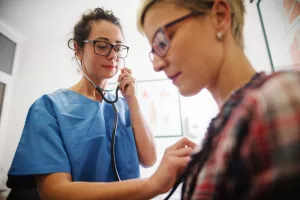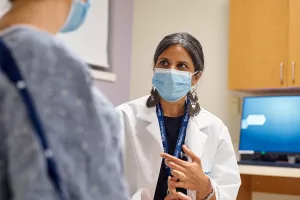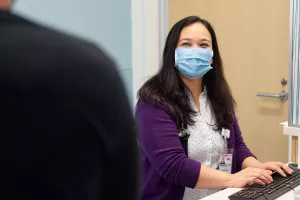Tuberculosis comes from a germ called Mycobacterium tuberculosis, which often affects the lungs. Other germs in the same family can impact the lungs, skin, bones, and other organs. Our dedicated team of infectious disease and lung specialists is here to support you, whether you're dealing with tuberculosis or a non-tuberculous mycobacterial infection.


